Wednesday Dec 03, 2025
Wednesday Dec 03, 2025
Friday, 12 August 2016 00:01 - - {{hitsCtrl.values.hits}}
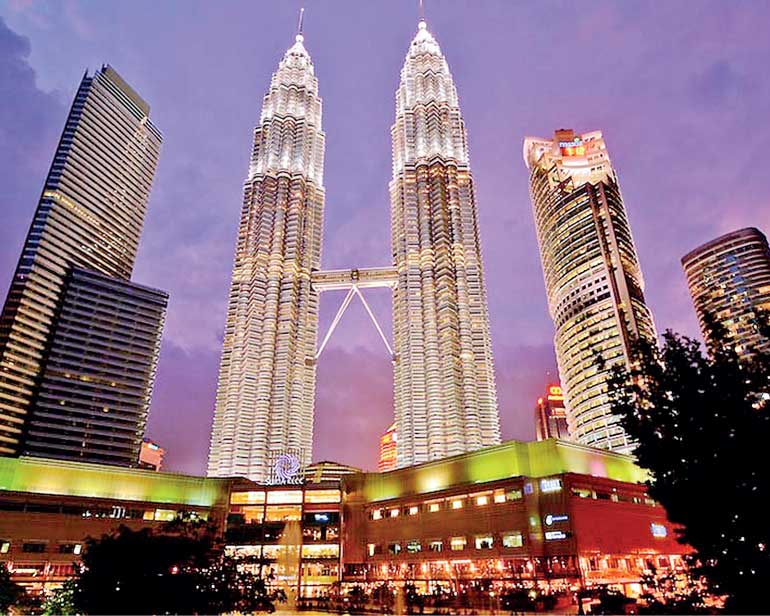
Malaysia tourist arrivals reached a record 25 million in 2012
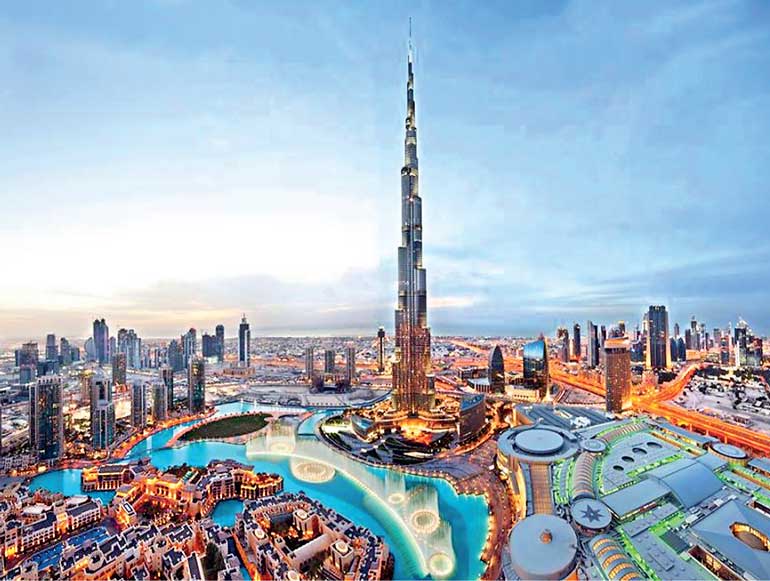
Dubai’s brand promise is luxury
The Malaysian Government had a challenge. The country was ready to receive tourists, but visitors to Asia went mostly to Thailand, Bali, China, or Japan. Malaysia wasn’t top-of-mind when it came to booking a holiday. In fact, a brand strength assessment of Malaysia as a tourist destination revealed that most foreigners had no basic concept of the country’s location, let alone what it 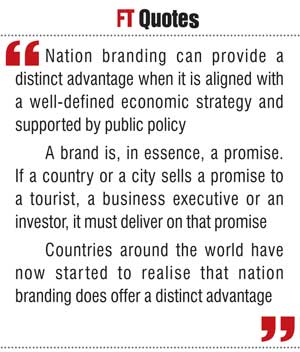 stood for. How could Malaysia ensure that tourists would consider the country as a holiday destination?
stood for. How could Malaysia ensure that tourists would consider the country as a holiday destination?
In 1999, the Malaysia Tourism Promotion Board took action and launched the ‘Malaysia: Truly Asia’ campaign. At first sight, the catchphrase seemed like a superficial slogan—but it served a strategic purpose. The tagline educated potential visitors that Malaysia is, in fact, a country in Asia. Moreover, the slogan implied that tourists would miss out on the true Asia if they skipped Malaysia. The consequent use of the catchphrase ‘Malaysia: Truly Asia’ and various public and private initiatives contributed to a steady growth of tourist arrivals to a record 25 million in 2012. The country is now ranked 10th on the United Nations World Tourism Organization’s list of most-visited countries.
‘Malaysia: Truly Asia’ is a classic example of a nation branding campaign focused on tourism, but the development of a nation brand is no longer the exclusive domain of tourism authorities. In an era of continuing globalisation and increased competition between states, investment boards and trade promotion agencies find that they have to go beyond merely creating the conditions for industries to prosper, since rival states can easily imitate these factors. It has become apparent that countries need to find a unique and sustainable competitive edge that is aligned with economic strategy and supported by public policy. A well-defined brand strategy helps countries gain a strategic long-term brand advantage. Unfortunately, nation branding often gets confused with short-term tactics, such as country commercials on CNN. These expensive advertisements often lack a consistent strategy and don’t contribute to the creation of a true nation brand. So what is nation branding?
A promise of luxury
A brand is, in essence, a promise. If a country or a city sells a promise to a tourist, business executive, or investor, it must deliver on that promise. For example, Dubai promises luxury. It started delivering on this promise in 1999 with the opening of the Burj Al Arab, often referred to as the only seven-star hotel in the world. The sail-shaped hotel became an instant symbol of excessive luxury, sending the implicit message that the standard for all hotels in Dubai is luxury. In 2007, the emirate reinforced its positioning strategy by building the Burj Khalifa, the tallest tower in the world that houses the first and only hotel designed by Giorgio Armani. Even the police force has embraced the luxury brand, recently acquiring a Lamborghini Aventador worth $ 450,000 to complement its fleet of police cars. These actions speak louder than words.
Dubai didn’t inherit an Eiffel Tower, but the emirate was able to create a brand advantage based on its value proposition of luxury. This brand promise didn’t come out of nowhere. It was rooted in the prevailing brand image of overindulgent sheiks in the Middle East. To signal its luxury positioning, it used symbols such as the Burj Al Arab instead of a logo, a Web site, an advertorial in Newsweek, or a commercial on CNN. The new brand identity was consistently managed even during the financial crisis, when the temptation to diversify was omnipresent. Dubai realised that brand strategy is as much about saying no as it is about saying yes. As a result, the brand advantage is undiluted, and Dubai consistently attracts tourists with high disposable incomes. Destinations in developing countries could achieve similar results if they consistently communicated their competitive edge to those abroad using striking symbols.
 Why France attracts 83 million tourists per year
Why France attracts 83 million tourists per year
Nation branding strategically steers the image of a country in order to stimulate tourism, increase trade, or attract companies and foreign direct investment (FDI). One way to think of a nation brand is as a set of associations. In other words, what attributes instantly come to mind when you think of a certain country? A survey on the brand image of France, for example, revealed that the country is related to an average of 6.1 brand associations. At a minimum, the country evokes images of the Eiffel Tower, wine, and fashion. These solid brand associations drive tourists to visit the “city of love,” motivate consumers to pay premium prices for a bottle of Bordeaux, and attract fashionistas to shop for the latest trends. France uses its brand advantage instead of depending on major promotional campaigns.
On the other hand, a developing country like Liberia evokes either no brand associations or merely negative ones, such as civil war, child soldiers, and poverty. This brand image deters tourism, trade, and investment, even though the West African country has been at peace for over a decade under the leadership of its president, Nobel laureate Ellen Johnson Sirleaf. There is a strong discrepancy between the brand image the country retains and the brand identity Liberia wants to convey. How can Liberia lose its negative brand associations, and what should the country become known for instead? What are the possible brand associations that are authentic, truthful, and recognised on the grassroots level, while at the same time stimulate tourism, trade, and FDI? In short, how can Liberia create a brand advantage?
Finding a competitive edge
Nation branding should be guided by the economic strategy of the country, but a clear economic focus that serves as a foundation for the nation brand isn’t always present. Sometimes a nation brand needs some “Imagineering,” where one looks beyond “what is” and imagines “what could be.” For example, finding a tourism strategy at first seemed daunting for Liberia. As one of the poorest countries in the world, Liberia lacked basic infrastructure and had expensive hotel rooms due to high energy prices. It evoked a persistent brand image of war and poverty and lacked striking landmarks, distinctive culture, and significant wildlife.
An assessment of the local prevailing brand associations, however, provided the basis for a new, authentic brand identity. Most citizens spoke of the 315 miles of golden beaches, yet the fact that nearby destinations like Gambia and Senegal were already known for their beaches would make it difficult to attract tourists with such a similar proposition. Meanwhile, the assessment also revealed Lake Piso and Blue Lake as two other possible tourist destinations. But what kind of tourist would travel to a developing country, stay at no-frills hotels, and have an interest in a vast ocean, unexplored rivers, and virgin lakes? Here an idea started to emerge: American sport fishermen might enjoy navigating virgin territory and are already used to living in fishing camps and paying $200 per day for a boat rental. Such a value proposition is authentic, recognised as such by locals, and builds on the presence of an existing fleet of small fishing boats. Liberia could become known as the premier sport fishing destination in Africa, a claim that hasn’t yet been staked by another African country.
With this initial concept in mind, Liberia must align its public policy with the new positioning strategy to create a more robust brand advantage. For example, a ban on commercial fishing would send a strong signal that Liberia is the sport fishing destination in Africa. The coastline would instantly become the largest sport fishing sanctuary in the world in spite of its very basic tourism infrastructure. The case study of Liberia demonstrates that a country doesn’t need an extensive budget to attract tourism and foreign investment—but it does need commitment to create a brand advantage.
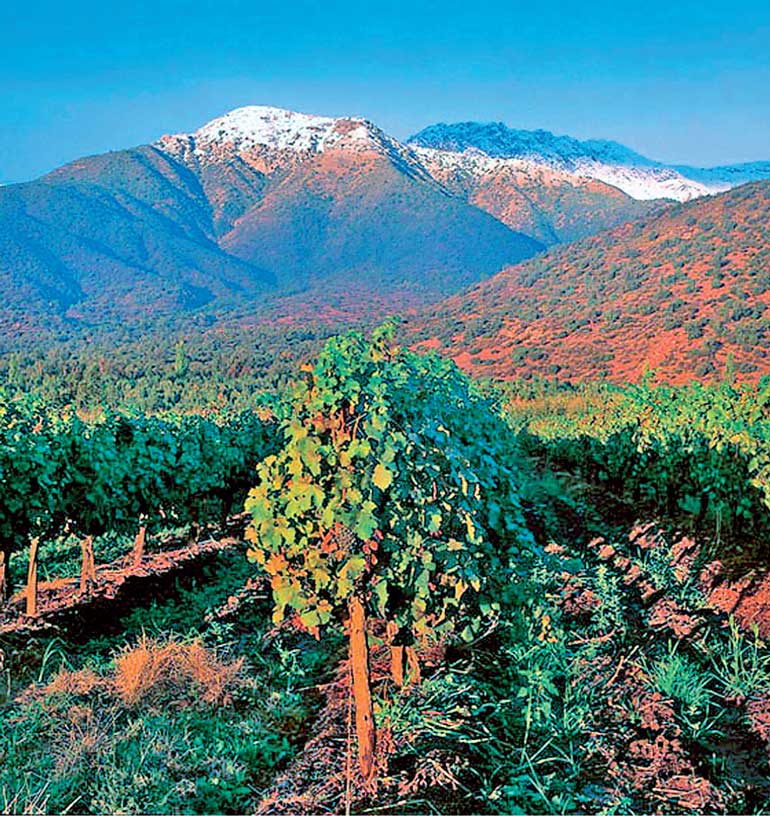
Chile changed the narrative of the wine industry to its benefit
Cuban cigars, Swiss watches, and Chilean wines
Nation branding can also encourage trade through the country-of-origin effect. French wines, Cuban cigars, and Swiss watches are all perceived to be the best in their product category, which enables the local industry to use this brand advantage to ask for premium prices. Additionally, these brands are less vulnerable to competitors, since the country-of-origin effect can’t be replicated. As a result, these industry clusters have become more robust.
Surprisingly, Chilean wines often surpass French wines in blind taste tests, challenging the theory that being better is a viable strategy. When differences between products become arbitrary, perception of the brand dictates reality. But even if Chilean wines could consistently taste as good as their French counterparts, they wouldn’t be able to create a similar brand experience. French wines are made in accordance with traditional fermentation processes; winemakers have passed on knowledge and experience through generations, and they label and protect their wines with widely recognised “terroir” names, such as Bordeaux and Champagne. So how could a challenger dethrone a product category winner? Chile realised that marketing, communication, and promotional activities were only short-term “brand-aids” and insignificant without an authentic and distinctive brand advantage. The country would need to find a brand advantage of its own.
Chile thus changed the narrative of the wine industry. The Chilean vineyards have a unique story, as they were the only vineyards untouched by the worldwide outbreak of Phylloxera in the 1800s. Chilean grapes are still grown on their original French rootstock. Additionally, Chilean wine producers don’t rely on traditional processing practices, but put their trust in science and technology to control and guarantee quality. The idea to segment wines based on grape variety and convey quality through a belief in science allowed Chile to change the narrative of wine to its benefit. Today, many consumers select their wines based on grape variety rather than terroir names. Although Bordeaux, Champagne and other brands remain strong, Merlot, Cabernet Sauvignon, and Chardonnay have now become household names. Chilean wines are increasingly sold at a premium prices, which in times of hardship creates a buffer against price fluctuations.

France is related to 6.1 brand associations
Lessons from career building
The process of nation branding is surprisingly similar to how people intuitively build their careers. For example, both countries and people need to evaluate their capabilities and decide at an early stage what industry they want to focus on. At the same time, they must also consider how many competitors are going after the same opportunity and if their desired industry will continue to generate jobs in the future. In short, both states and people need to choose an economic direction that accounts for competitiveness and future trends.
A second step toward a professional reputation or a coherent nation brand is building credibility. For example, young employment seekers obtain a diploma to signal a degree of understanding and they apply for internships to gain relevant work experience. These minimum requirements to enter a specific labour market are sometimes referred to as “table stakes”—a potential candidate must meet them in order to be considered for a job interview in the desired industry. Similarly, countries must meet table stakes if they wish to be considered by tourists, investors, and business executives. Here the term table stakes refers to everything that is expected of a country. For example, every business park should, at the very least, have well-maintained infrastructure, a stable supply of energy, and clearly defined property rights.
Most countries work very hard to become everything that is expected but forget that they also have to find ways to signal how they differ from competitors. In particular, business parks in developing countries need to differentiate themselves from comparable generic locations if they are determined to attract multinationals and FDI. For example, if Kenya wants to become the Silicon Valley of Africa, it should signal commitment with a unique government-led initiative like citywide free Wi-Fi in Nairobi. Such a noticeable public initiative would communicate louder than any advertorial in Forbes ever could. “Serengeti Valley” would still need to deliver on all of the expected facilities of a business park, but at least the location would be noticed and considered.
Nation branding isn’t the holy grail of economic development, but it can provide a distinct advantage when it is aligned with a well-defined economic strategy and supported by public policy. Countries around the world have now started to realise that nation branding works as a catalyst for growth. In 2011, President Barack Obama launched “Brand USA” to attract more tourists and “Select USA” to attract more investment. The U.S. Agency for International Development and the National Competitiveness Foundation of Armenia have just announced their intent to create a national brand for Armenia. The dominant model has shifted over time from absolute advantage to comparative advantage to competitive advantage. In a highly competitive environment, a well-defined brand strategy makes the difference.
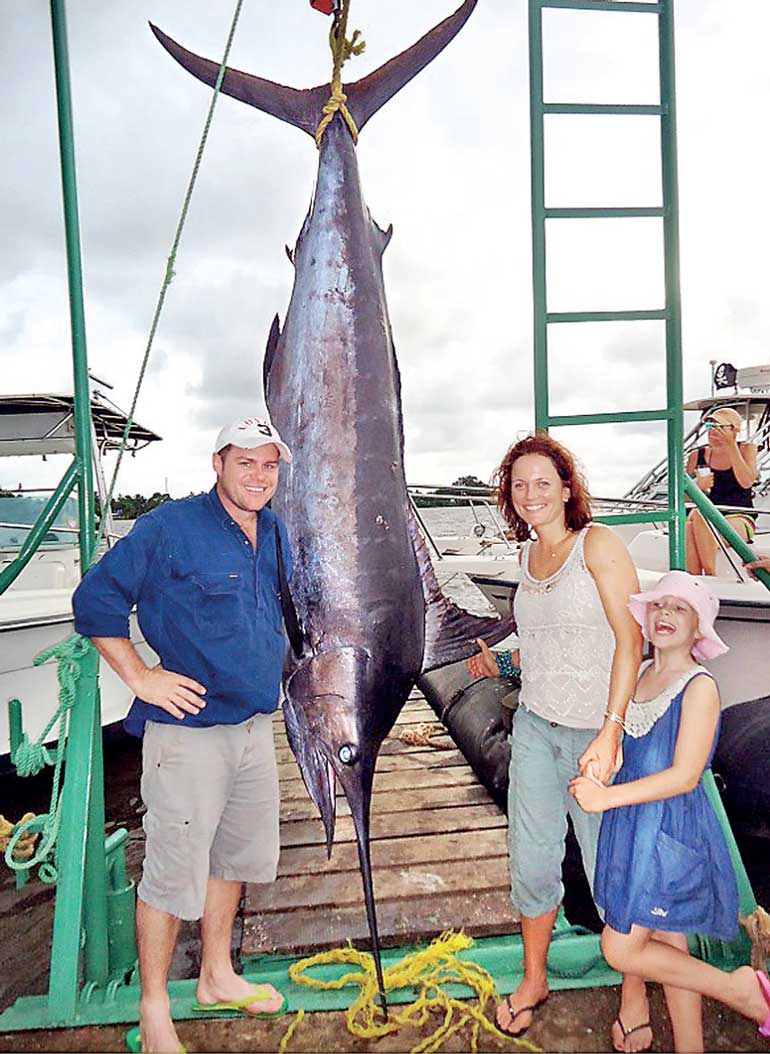
Liberia is building its position as Africa’s premier sporting destination
(Guido van Garderen is a senior strategist specialising in nation branding at Interbrand, the world’s largest and most influential brand consultancy. An alumnus of the John F. Kennedy School of Government at Harvard University, his upcoming book Advanced Nation Branding Strategies explains how brand strategy can help accelerate economic growth.)